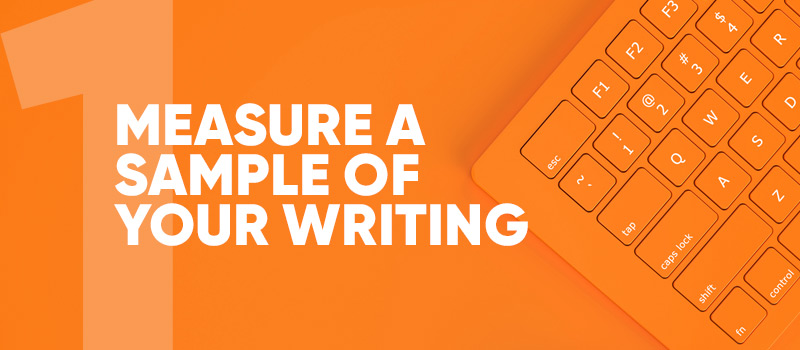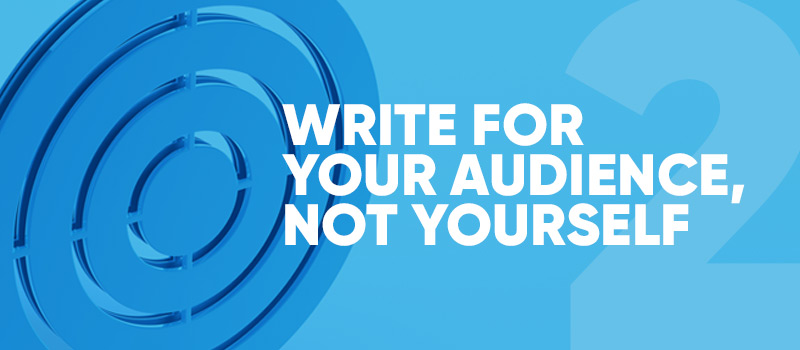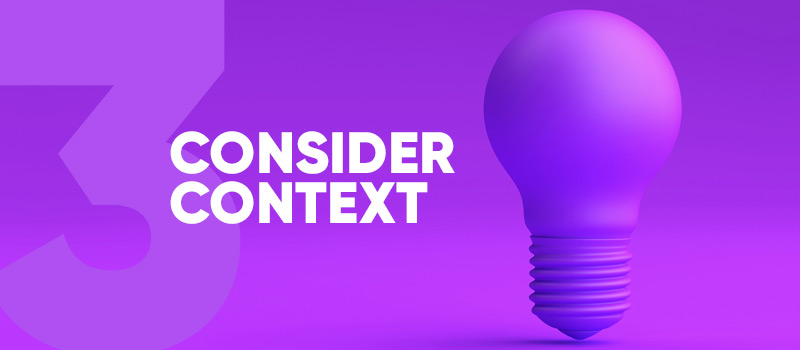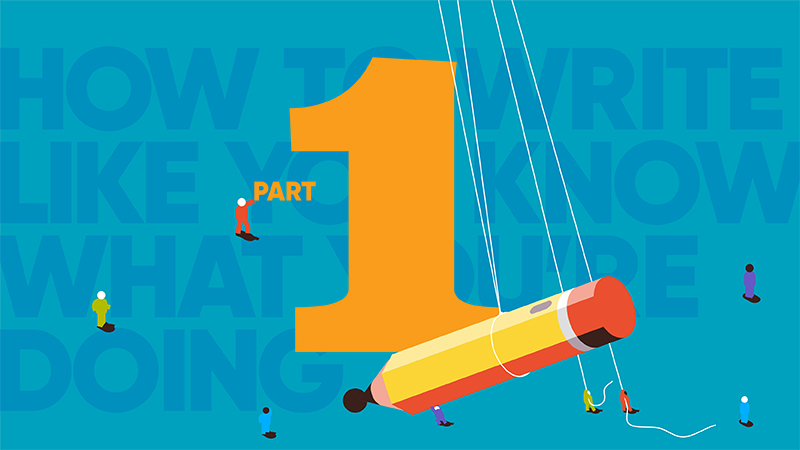Writing that is hard to read might be getting in the way of your goal.
In several ways, our brains take shortcuts and come to the wrong conclusion. Designers and writers can help stop that from happening. An important example is about easy-to-understand information. The results of a project about smoking and pregnancy show this.
The study put pregnant women who smoke or used to smoke in two groups. One group got extra lessons and coaching explaining in simple terms the importance of not smoking while pregnant and after delivery. There was also a contest for those who stayed away from smoking. The second was the control group, getting no extra lessons or coaching, but presumably exposed to the general information not to smoke in pregnancy from doctors, the news and other sources.
The reading level of the information given to the first group was at a third-grade level and because it was easy to understand and paired with the coaching, it worked better. As a result, more women in the first group stayed away from smoking.
To say that a different way: Hard to read equals hard to do. Easy to read equals easy to do.
Should every article, ad, social post or brochure be easy enough for a third grader to read? Here are some of my thoughts.

1. Measure a Sample of Your Writing
You will definitely be surprised at how high your writing scores with online tools.
This sample about scams from the Consumer Financial Protection Bureau (CFPB) scored at an eighth- to twelfth-grade level on several scales, “hard to read” on one, and “standard/average” on another. I chose this sample because it uses Plain Writing Act guidelines, and despite that, the reading level is still higher than preferred. For additional context, the Plain Writing Act of 2010 promotes “clear Government communication that the public can understand and use,” and it was adopted to ensure all information provided by the CFPB is accessible to the public.
There are many free online tools to check the reading score of a writing sample. I used this one, Readability Formulas, for the example mentioned above. The tools measure data like the length of the sentences, the number of syllables in the words, the number of adverbs and the number of advanced words regardless of syllable length. Most tools need at least 100 words to measure writing difficulty.

2. Write for Your Audience, Not Yourself
It feels great to write something with really pretty words. I know. It is something I have enjoyed since I was on the high school newspaper staff. Because I like pretty words, I am also bad at Scrabble. I like to play a five-letter pretty word, not a two-letter word that gets a lot of points.
Does your audience want pretty words, or do they want the answer to a question? Does your audience have the time to enjoy your pretty words, or are they in a hurry?
Even if your audience can understand more advanced writing, you may not be helping them by writing at that harder level.

3. Consider Context
We’ve all had the frustrating experience of reading something we don’t understand. Maybe it is for a profession we don’t work in—medicine, law, engineering. Maybe it uses a lot of slang. Maybe it is the second in a series and we missed the first in the series.
Unless we work in that profession, use that slang every day talking with our friends or are a fan of that series, it will be hard for us.
You can use more difficult writing if you have a very specific audience. But should you use more difficult writing? Not always. There are more reasons to make your writing easier to read than there are reasons to make your writing hard to read.
Writing It Easy to Read Makes It Easy to Do
So, was this article easy for you to read? I challenged myself to keep it below a high school level. It was hard to do. I fought to keep the sentences short and the words simple. I used very few metaphors or idioms. I didn’t make it down to a third-grade level, but I made it to a sixth- to ninth-grade level on a few scales and “fairly easy to read” on two others.
To answer my original question: Should every article, ad, social post or brochure be easy enough for a young student to read? Yes, or at least we should strive to keep copy as simple as possible. Great storytelling evokes an emotional connection that leads to action. Make sure your audience is taking the action you intend them to take by keeping your writing easy to read, easy to do.



